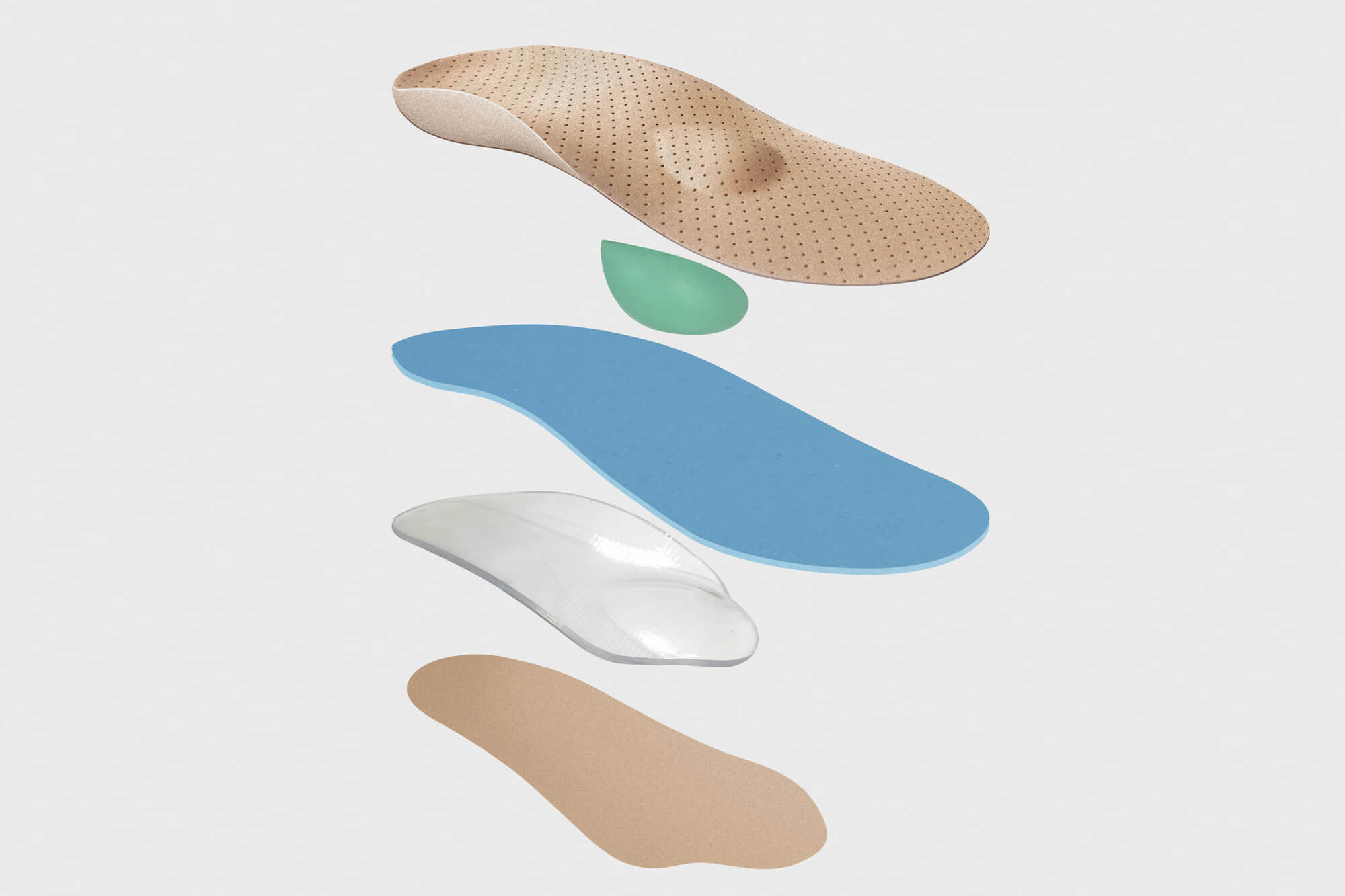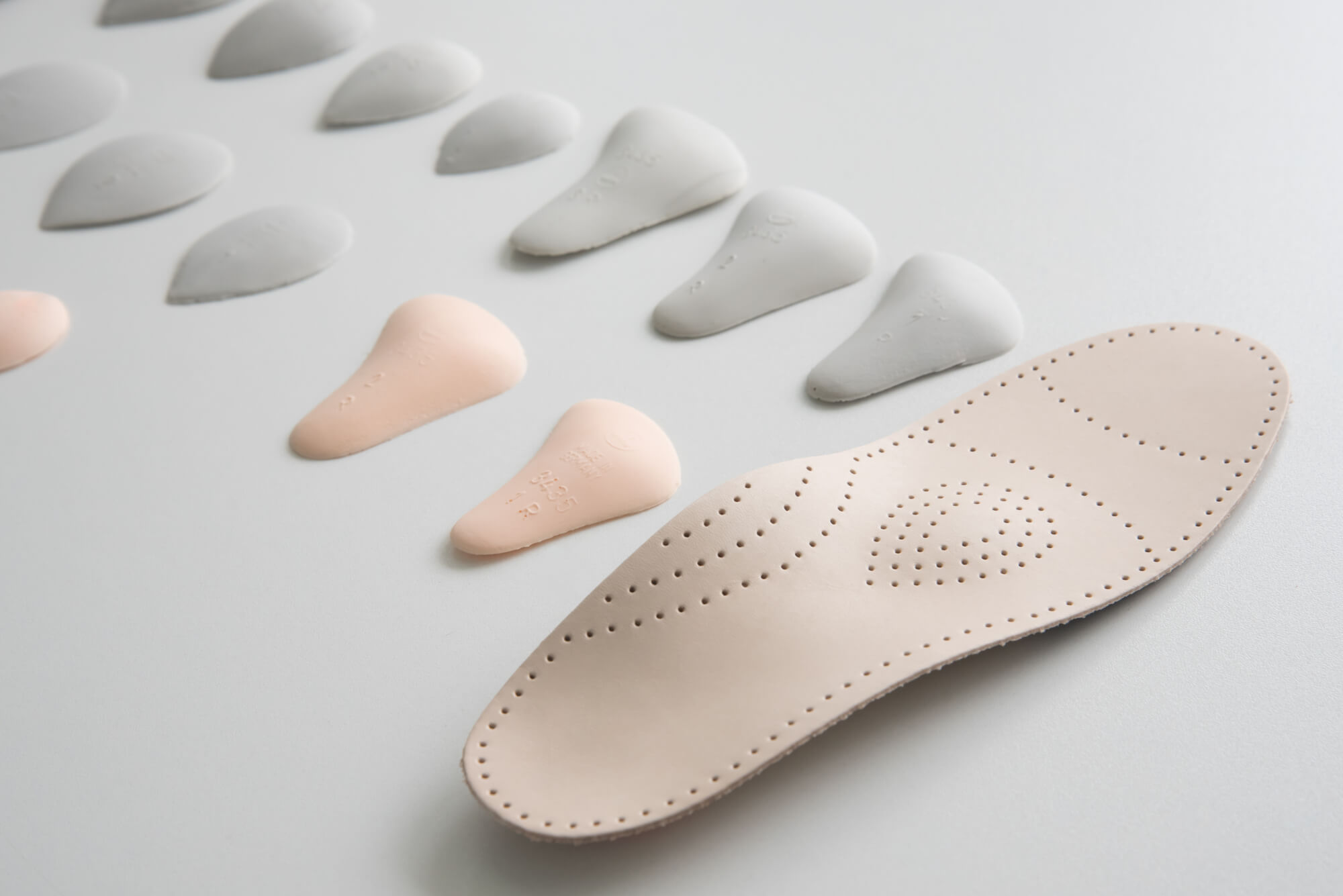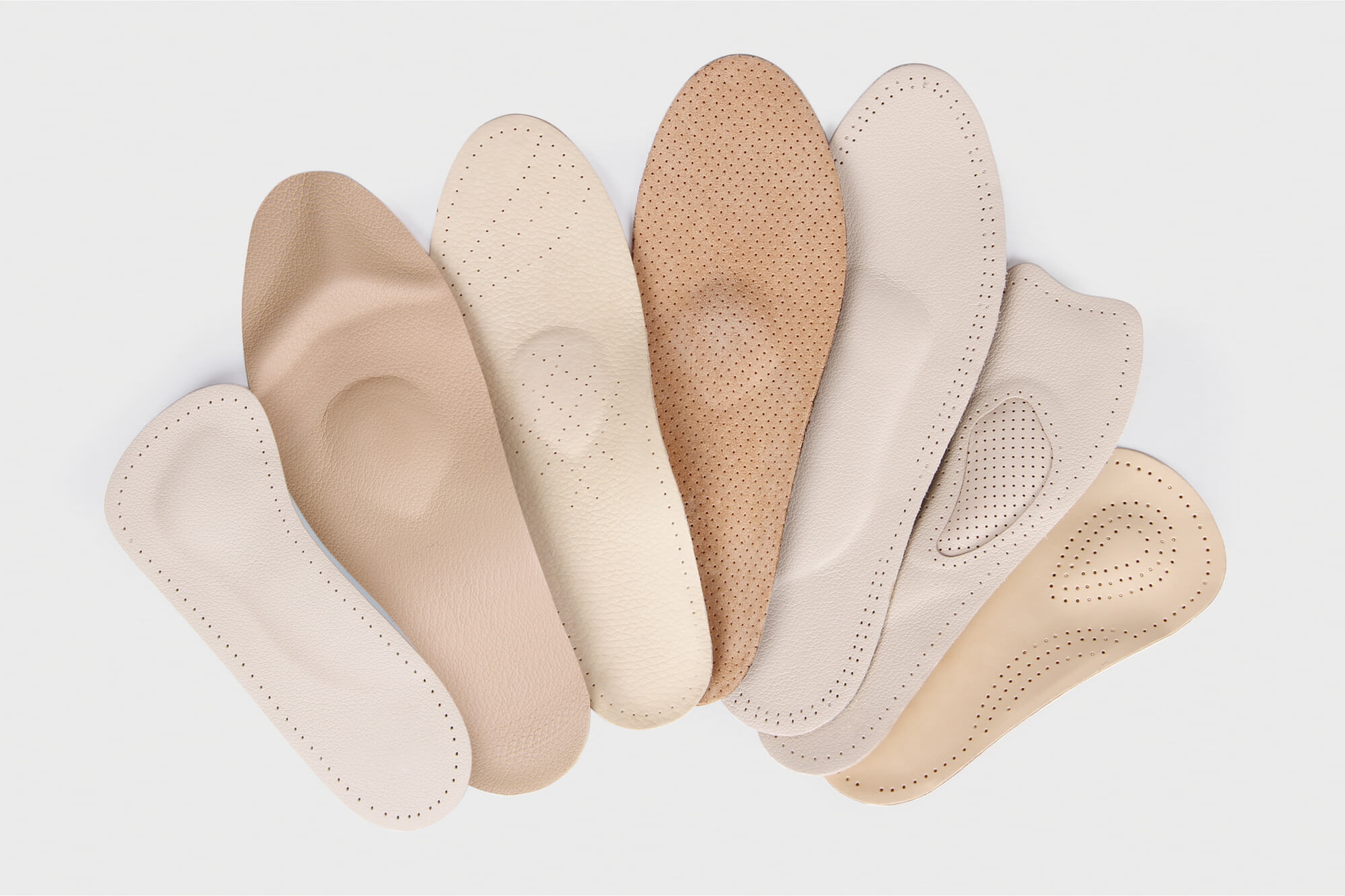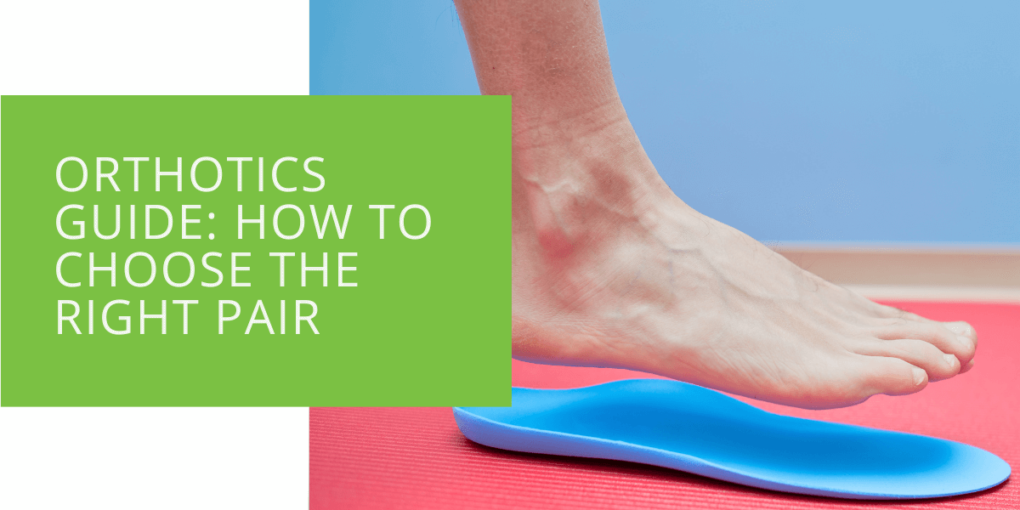Orthotics Guide: How to Choose the Right Pair
Orthotics, also known as orthotic insoles or inserts, are devices inserted into shoes to provide support, alignment, and cushioning to the feet. They often treat foot and ankle issues, including flat feet, plantar fasciitis, and arthritis. Orthotics can also improve the overall function and performance of the feet, particularly for athletes.
If you are considering using orthotics, it is important to choose the right pair for your specific needs. This guide will discuss the various types of orthotics available, the benefits of using them, and how to find the perfect fit. Following these tips can relieve foot and ankle pain and improve your mobility with the right orthotics.
What are Orthotics?
Orthotics, also known as orthotic insoles or inserts, are devices inserted into shoes to provide support, alignment, and cushioning to the feet. They often treat foot and ankle issues, including flat feet, plantar fasciitis, and arthritis. Orthotics can also improve the overall function and performance of the feet, particularly for athletes.
Orthotics are designed to align and support the feet in their optimal position. This helps to redistribute weight and pressure evenly across the feet, reducing pain and discomfort. Orthotics can also improve the function of the feet by providing additional arch support, shock absorption, and heel cushioning.

Types
Several different types of orthotics are available, including custom and over-the-counter options. Custom orthotics are made specifically for an individual's feet and are often prescribed by a podiatrist or foot specialist. They are typically more expensive than over-the-counter orthotics, but they offer higher support and customization. On the other hand, over-the-counter orthotics are mass-produced and available at most shoe stores and pharmacies. They are a more affordable option, but they may not provide the same level of support as custom orthotics.
Common Foot and Ankle Issues
Many different foot and ankle issues can be treated with orthotics. Some common conditions include:
- Flat feet: This condition occurs when the arch of the foot collapses, causing the entire foot to come into contact with the ground. Flat feet can cause pain, discomfort, and difficulty walking.
- Plantar fasciitis: This common condition causes pain in the heel and bottom of the foot. It is often caused by overuse or improper footwear.
- Arthritis: This degenerative joint disease can cause pain, stiffness, and inflammation in the feet and ankles.
- Heel pain: This can be caused by a variety of factors, including plantar fasciitis, heel spurs, and overuse.

How Orthotics Can Help
Orthotics can help to alleviate pain and discomfort caused by foot and ankle issues. They can also help to improve the overall function of the feet, particularly for athletes. Orthotics can provide the following benefits:
- Arch support: Orthotics can help to support the arch of the foot, which can reduce pain and improve the function of the feet.
- Shock absorption: Orthotics can help absorb shock as the feet strike the ground, reducing the impact on the joints and reducing the risk of injury.
- Heel cushioning: Orthotics can provide additional cushioning to the heel, reducing pain and improving comfort.
How to Choose the Right Orthotics
Consulting a Doctor or Podiatrist
If you are experiencing foot or ankle pain, you must consult a doctor or podiatrist before using orthotics. A podiatrist is a foot specialist who can evaluate your feet and recommend the appropriate treatment. They can also help you to find the right orthotics for your specific needs.
Custom vs Over-the-Counter Orthotics
When choosing orthotics, one important decision is whether to go with a custom or over-the-counter option. Both have benefits and drawbacks, and the right choice will depend on your specific needs and preferences.
Custom orthotics are made specifically for an individual's feet and are often prescribed by a podiatrist or foot specialist. They are created using a mold or scan of the feet and are designed to fit the unique shape and structure of the feet. Custom orthotics offer high support and customization, which can be particularly beneficial for those with severe foot or ankle issues. However, they are typically more expensive than over-the-counter orthotics and may require a longer lead time for production.
On the other hand, over-the-counter orthotics are mass-produced and available at most shoe stores and pharmacies. They are a more affordable option, but they may not provide the same level of support as custom orthotics. Over-the-counter orthotics come in various sizes and shapes and are designed to fit a range of foot types. However, they may not be as effective for those with severe foot or ankle issues, as they may not provide the necessary level of support and customization. In addition, over-the-counter orthotics may not be as durable as custom orthotics, and they may need to be replaced more frequently.
Fit and Comfort
When choosing orthotics, it is important to consider the fit and comfort of the inserts. If the orthotics do not fit properly, they may not provide the necessary support and alignment. In addition, poorly fitting orthotics can cause discomfort and even more pain. Try on orthotics and walk around in them before making a purchase to ensure a proper fit.

Maintaining Your Orthotics
Cleaning and Storing Orthotics
To maintain the effectiveness of your orthotics, it is important to clean and store them properly. Orthotics should be removed from the shoes and cleaned with mild soap and water. They should be allowed to air dry before being placed back in the shoes. It is also important to store orthotics in a cool, dry place when they are not worn.
Replacing Orthotics
Orthotics should be replaced every one to two years, depending on the level of wear and tear. If the orthotics no longer provide the necessary support and cushioning, it is time to replace them. It is important to consult with a podiatrist or foot specialist to determine the appropriate replacement schedule for your specific needs.
Conclusion
Orthotics can be an effective treatment for foot and ankle pain and improve the feet' overall function. It is important to choose the right orthotics for your specific needs and to consult with a podiatrist or foot specialist for guidance. Proper maintenance and replacement of orthotics are also essential to ensure maximum benefits.
FAQ
Should you go up a shoe size with orthotics?
It is generally recommended to wear your regular shoe size with orthotics. Orthotics are designed to fit inside your shoes and provide additional support and cushioning. If you go up a shoe size, the orthotics may not fit properly and may not provide the necessary support. It is important to try on shoes and orthotics together to ensure a proper fit.
Can you wear any shoes with orthotics?
Orthotics can be worn with most types of shoes, including sneakers, dress shoes, and boots. However, choosing shoes with enough room to accommodate the orthotics is important. Too tight shoes may cause discomfort and may not allow the orthotics to function properly. In general, choosing shoes with a removable insole is best, as this will allow you to insert the orthotics easily.
What are the major types of orthotics?
Several different types of orthotics are available, including custom and over-the-counter options. Custom orthotics are made specifically for an individual's feet and are often prescribed by a podiatrist or foot specialist. They offer a high level of support and customization, but they are typically more expensive than over-the-counter orthotics. On the other hand, over-the-counter orthotics are mass-produced and available at most shoe stores and pharmacies. They are a more affordable option, but they may not provide the same level of support as custom orthotics.

